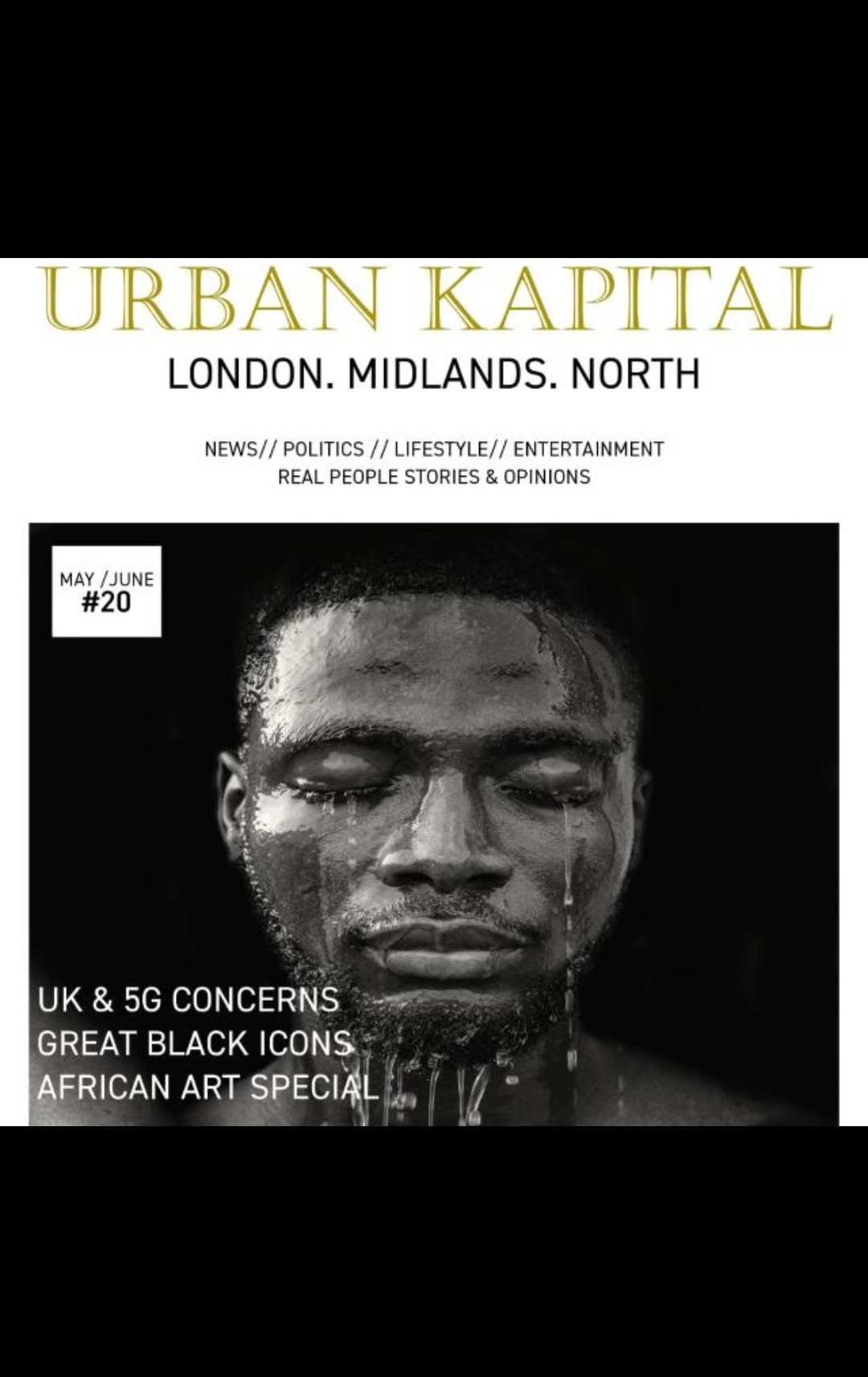How to heal from race-related trauma in our present-day society?
- Urban Kapital

- Aug 5, 2020
- 3 min read
The recent police brutality incidents, like the ones of Breonna Taylor and George Floyd, were enough to bring any one of us to our knees. It is profound that these tragedies occurred just as we were trying to catch our collective breath following what now seem to be routine acts of unprovoked violence against Black men and women.
When the news of their deaths broke, so many of us kept our eyes glued to our televisions and social media, as the Black Lives Movement started inspiring protests worldwide to make a change. In this digitally connected world, we have instant access to images of assailants, videotapes of race-related assaults, and the raw anguish experienced by loved ones. We can even virtually attend the victims’ homegoing services and memorials. This unprecedented access means that we are all bearing witness — in real-time– to unspeakable acts of violence and expressed grief.

It is hard to ignore how reminiscent these deaths are of incidents embedded in our historical memory. The wounds opened by these tragic deaths are deep and festering. As a result, we may all find ourselves grappling with unresolved grief related to enduring racial assaults. President Obama’s powerful eulogy at John Lewis’s homegoing service was emblematic of our shared grief. He urged us to move from blindness to opening our darker past. He also reminded us that difficult conversations about race are essential to our nation’s healing.
But, to fully heal our broken hearts, there is another difficult conversation that we need to be having. And that conversation is about trauma.
But what is trauma? Trauma is generally used to refer to emotional reactions to terrible or tragic events. Trauma in its most clinically significant form manifests as Post Traumatic Stress Disorder (PTSD). PTSD is an anxiety disorder that can form in some individuals who are exposed to trauma. Symptoms include memories of the events or upsetting dreams that are intrusive and distressing, flashbacks or reliving the events as if they were happening, severe emotional or physical reactions to things that remind you of the events, avoidance of talking about events or of people, places, and activities that remind you of the events, increased alcohol or substance abuse/misuse, etc.

On average, Blacks have the highest likelihood of experiencing PTSD in their lifetime. However, you can be impacted by tragic events without demonstrating clinically diagnosable symptoms of PTSD or experiencing them directly.
It may be hard to think about suffering from trauma when you haven’t been directly victimized. Yet, the truth of the matter is that you can experience trauma symptoms just from bearing witness to someone else’s victimization. The American Counseling Association describes this experience as vicarious trauma.
The term vicarious trauma is most often used to describe the impact of working with victims on counsellors. But there are interesting parallels to be drawn between the “emotional residue” that builds up among trauma counsellors and the cumulative emotional fatigue that results from bearing witness to pain and suffering caused by race-related victimization.
Symptoms of vicarious trauma can mimic those associated with PTSD but are especially deceptive because of the tendency to discount what you are seeing and feeling.

During vicarious trauma, it is not uncommon to feel that you don’t have the right to feel “some type of way” about what has happened. That could not be further from the truth. The only way to heal is by acknowledging our pain and facing the traumas of our past and present head-on.
Facing our trauma is difficult because what we lost in Charleston in addition to the lives of our Beloveds is so much more. But there are some practical things we can do right now to aid our recovery. We can do so as the title of Edwidge Danticat’s award-winning novel suggests by using our “Breath, Eyes, and Memory.”
1. Catch Your Breath: We are in a period of grief and mourning. It is okay if you are finding it more challenging to grant forgiveness, grace and mercy. Healing takes time. Be patient with yourself and others around you to work through the natural stages of trauma recovery.
2. Focus: Trauma can create emotional and relational blind spots. Focus on acknowledging what you are seeing and feeling and believe it the first time. Seek help if you observe any of the trauma symptoms described earlier. Focus on doing what is meaningful and enjoyable to you.
3. Remember: There is inherent power in remembering. Engage in social, religious, or other community activities that afford opportunities to remember the lives of the victims. Establish or participate in a local healing circle. Most importantly, know that you can honour the memories of the victims by speaking their names.
We will get through this.
Source: BlackDoctor










Comments